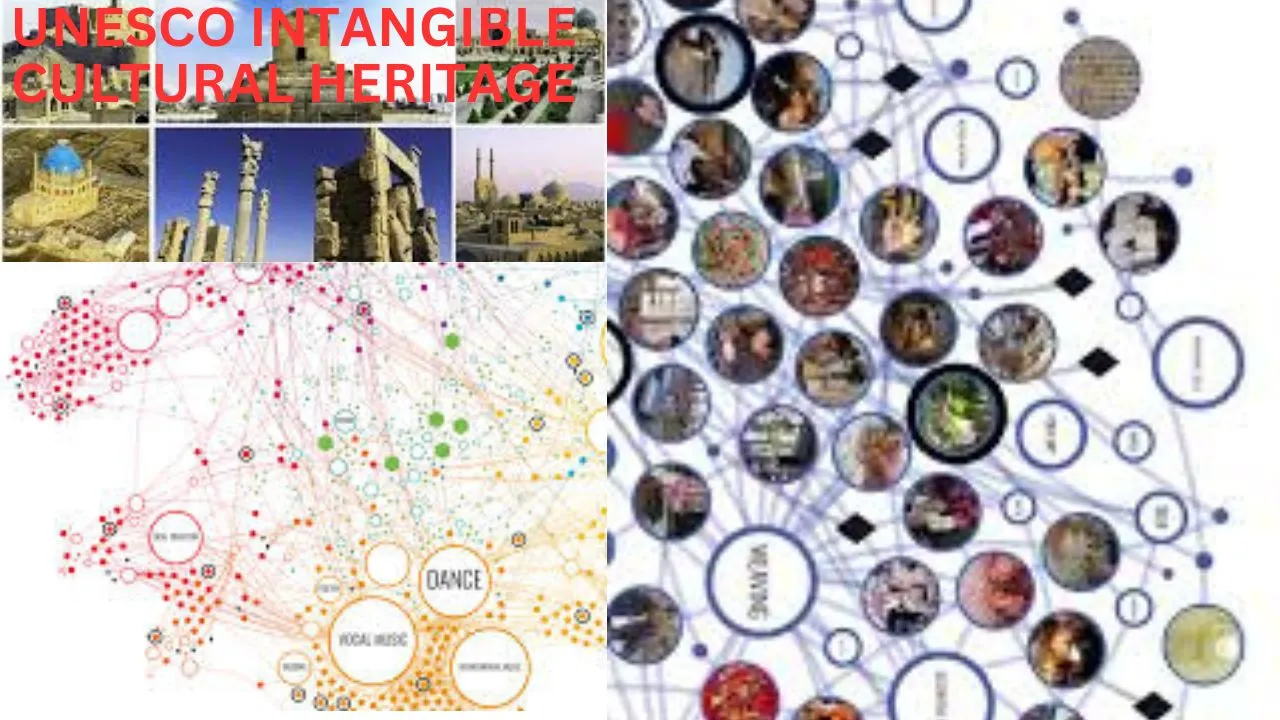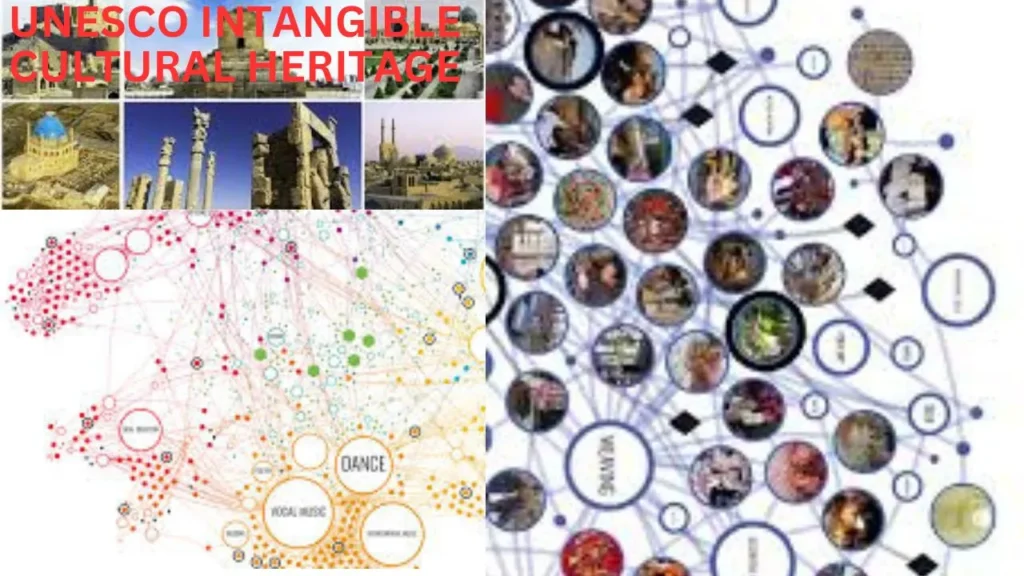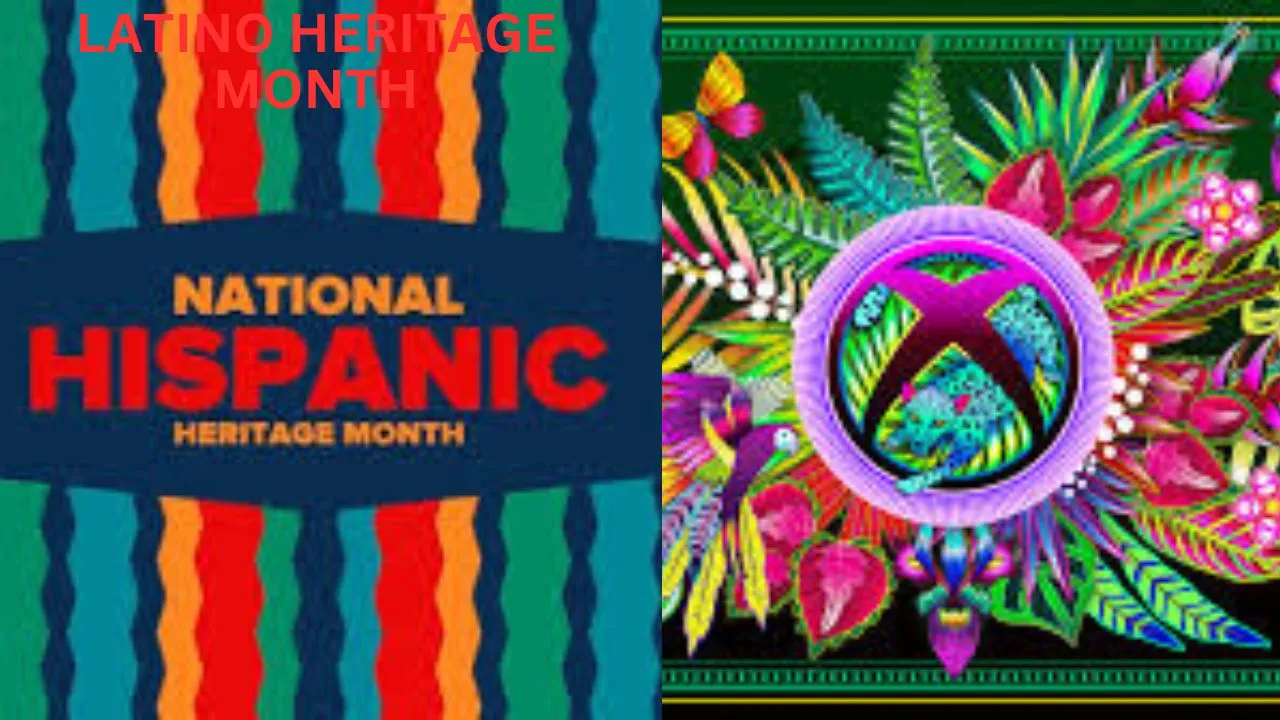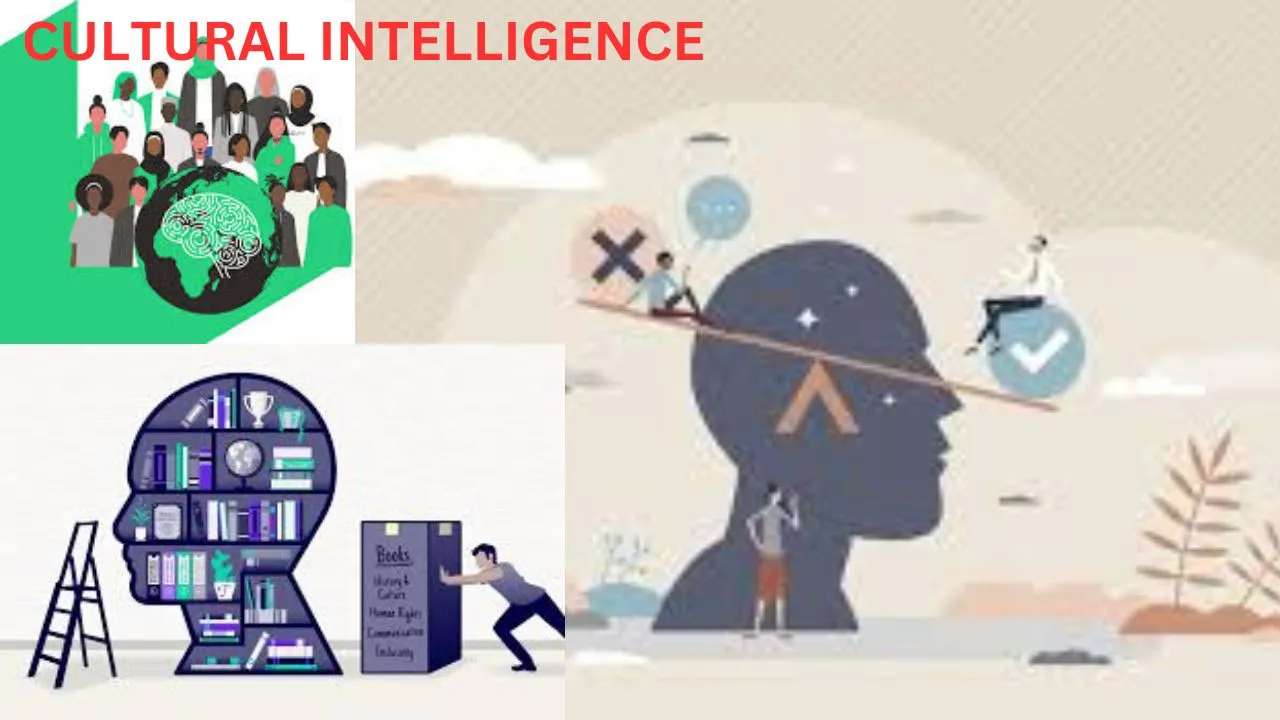
unesco intangible cultural heritage
Admin
- 0
Intangible cultural heritage plays a crucial role in preserving traditional knowledge and practices that are passed down from generation to generation. It encompasses a wide range of traditions, customs, rituals, performing arts, oral traditions, and social practices that are deeply rooted in communities around the world.
Through the recognition and safeguarding of intangible cultural heritage, UNESCO aims to promote diversity and ensure the transmission of these valuable traditions to future generations.
Preserving Traditional Knowledge and Practices
- Preserving traditional knowledge and practices is essential for maintaining cultural identity and promoting social cohesion within communities. These intangible cultural expressions reflect the rich history, beliefs, and values of a society and provide a sense of belonging for its members. By safeguarding these practices, communities can strengthen their cultural heritage and foster intergenerational knowledge transfer.
- Furthermore, preserving traditional knowledge and practices helps to foster sustainable development and empowers communities to take pride in their cultural heritage. It allows for the revitalization of traditional crafts, performing arts, and rituals, which not only serve as sources of income but also contribute to the overall well-being of the communities involved.
- One significant aspect of preserving traditional knowledge and practices is the role they play in environmental conservation. Many traditional practices are deeply rooted in sustainable ways of living in harmony with nature. For example, indigenous communities often have intricate knowledge of local ecosystems and biodiversity, which is passed down through generations. By preserving these traditional practices, we not only protect cultural heritage but also promote environmentally friendly ways of living that can benefit the planet as a whole.
- In addition to environmental benefits, preserving traditional knowledge and practices can also have a positive impact on mental health and well-being. Engaging in traditional rituals and cultural activities has been shown to reduce stress, increase feelings of connection and belonging, and promote overall psychological resilience. By recognizing the importance of these practices, communities can create spaces for cultural expression and celebration that contribute to the holistic health of their members.
Celebrating Diversity Through Intangible Cultural Heritage
Intangible cultural heritage is incredibly diverse, representing the unique traditions and practices of various communities worldwide. It serves as a reminder of the richness and complexity of human culture. By celebrating this diversity, UNESCO encourages dialogue and mutual respect among different cultures, fostering a more inclusive and tolerant global society.

Through the recognition and promotion of intangible cultural heritage, UNESCO encourages individuals and communities to embrace their identity while also appreciating and respecting the cultural expressions of others. This celebration of diversity contributes to the preservation of cultural heritage and the promotion of peaceful coexistence among communities.
One fascinating aspect of intangible cultural heritage is how it is passed down through generations, often through oral traditions, rituals, and performances. These practices not only connect individuals to their roots but also create a sense of belonging and continuity within communities. For example, the storytelling traditions of indigenous cultures not only preserve historical narratives but also instill values and knowledge in younger generations.
Furthermore, intangible cultural heritage is not static; it evolves and adapts to changing circumstances while retaining its core values and significance. This dynamic nature allows communities to reinterpret their traditions in contemporary contexts, ensuring their relevance and vitality. By engaging with intangible cultural heritage in a meaningful way, societies can foster creativity, innovation, and a deeper appreciation for the diverse cultural tapestry that enriches our world.
Examples of Intangible Cultural Heritage Around the World
- Intangible cultural heritage can be found in every corner of the globe, showcasing the unique traditions and practices of diverse communities. Here are some examples:
- 1. The Carnival of Barranquilla in Colombia is a vibrant celebration of music, dance, and costumes, deeply rooted in African, Indigenous, and Spanish traditions.
- 2. The Darangen Epic of the Maranao people in the Philippines is an oral tradition passed down through generations, narrating heroic feats, traditions, and beliefs.
- 3. Traditional Chinese medicine, with its holistic approach to health and well-being, has been passed down for thousands of years and is an integral part of China’s intangible cultural heritage.
- 4. The Fado music genre in Portugal expresses feelings of longing, love, and nostalgia, reflecting the country’s unique cultural identity.
- These examples represent just a fraction of the diverse intangible cultural heritage present in our world.
- 5. The art of Japanese tea ceremony, known as “Sadō” or “Chadō,” is a highly ritualized practice that embodies harmony, respect, purity, and tranquility. It involves the meticulous preparation and serving of matcha, a powdered green tea, in a serene and meditative setting.
- 6. The Maasai people of Kenya and Tanzania have a rich oral tradition that includes storytelling, songs, and proverbs passed down through generations. These narratives not only entertain but also educate and preserve the cultural identity of the Maasai community.
Challenges and Opportunities in Preserving Intangible Cultural Heritage
Preserving intangible cultural heritage poses several challenges, including globalization, urbanization, and the influence of modern lifestyles. These factors can lead to the erosion or loss of traditional knowledge and practices, as younger generations may be less inclined to engage with intangible cultural expressions.
One of the key challenges in preserving intangible cultural heritage is the threat of cultural homogenization brought about by globalization. As different cultures interact and blend in an increasingly interconnected world, there is a risk of unique traditions and practices being overshadowed or forgotten.
Urbanization further compounds this issue, as rural communities that are often the custodians of intangible cultural heritage face pressures to modernize and adapt to urban lifestyles.
However, there are also opportunities to address these challenges and safeguard intangible cultural heritage. Education plays a crucial role in raising awareness and instilling pride in cultural traditions. By incorporating intangible cultural heritage into educational curricula, younger generations can gain a deeper understanding and appreciation for their heritage.
Furthermore, technological advancements offer new avenues for the documentation, preservation, and transmission of intangible cultural heritage. Digital platforms and multimedia tools can be utilized to create virtual archives, educational resources, and interactive experiences that bridge the gap between generations and preserve cultural knowledge for the future.
One innovative approach to preserving intangible cultural heritage is the use of virtual reality (VR) technology. VR allows users to immerse themselves in recreated cultural settings and experiences, providing a more engaging and interactive way to learn about and appreciate intangible heritage. By leveraging VR technology, cultural practitioners and heritage organizations can reach wider audiences and ensure the continued relevance of traditional practices in a rapidly changing world.
Safeguarding Intangible Cultural Heritage for Future Generations
Safeguarding intangible cultural heritage requires a collective effort from governments, communities, NGOs, and individuals. UNESCO’s Convention for the Safeguarding of Intangible Cultural Heritage provides a framework for ensuring the protection, promotion, and transmission of intangible cultural heritage.
Member states are encouraged to develop inventories of their intangible cultural heritage, identify and document endangered practices, and implement measures to safeguard them. This includes supporting communities in their efforts to sustain and revitalize cultural expressions, providing financial resources for preservation projects, and promoting awareness through educational initiatives.
Furthermore, the involvement and participation of communities in decision-making processes regarding their intangible cultural heritage are crucial. By engaging communities as active stakeholders, their voices are heard, and their knowledge and traditions are respected and preserved.
One key aspect of safeguarding intangible cultural heritage is the transmission of knowledge and skills from one generation to the next. This process often involves apprenticeships, oral traditions, and community-based learning initiatives. By ensuring that younger members of the community are actively involved in learning and practicing traditional cultural expressions, the continuity of these heritage practices is secured for the future.
In addition to tangible efforts such as documentation and preservation projects, intangible cultural heritage is also safeguarded through intangible means such as storytelling, rituals, and social practices. These intangible elements play a significant role in maintaining the living nature of cultural heritage, connecting past traditions with present-day communities, and fostering a sense of identity and belonging.

Collaboration and Cooperation in Safeguarding Intangible Cultural Heritage
Preserving intangible cultural heritage requires international collaboration and cooperation. UNESCO facilitates the exchange of knowledge, expertise, and best practices among member states, encouraging joint efforts to safeguard and promote intangible cultural heritage globally.
Through joint initiatives, countries can learn from one another and develop strategies that are tailored to their unique cultural contexts. Collaborative projects, research, and capacity-building programs enhance the ability of communities to sustain their intangible cultural heritage, ensuring its viability for future generations.
One example of successful collaboration in safeguarding intangible cultural heritage is the UNESCO Convention for the Safeguarding of the Intangible Cultural Heritage, adopted in 2003. This convention provides a framework for international cooperation in identifying, protecting, and promoting intangible cultural heritage worldwide. By ratifying this convention, countries commit to working together to safeguard traditions, rituals, music, dance, crafts, and other forms of intangible heritage that are central to their identities.
Furthermore, collaborative efforts in intangible cultural heritage preservation often involve the active participation of communities, ensuring that their voices are heard and their knowledge is respected. This bottom-up approach to safeguarding intangible heritage not only fosters a sense of ownership and pride within communities but also strengthens the bonds between different cultures and societies around the world.
Conclusion
Intangible cultural heritage serves as a powerful testament to the diversity, creativity, and resilience of human societies. By preserving and safeguarding these valuable traditions, UNESCO and its member states can ensure the transmission of knowledge, promote social cohesion, and celebrate the richness of our cultural heritage.
As we continue to navigate the challenges of a rapidly changing world, it is crucial that we recognize the significance of intangible cultural heritage and the role it plays in shaping our identities and communities. By embracing our heritage and fostering intercultural dialogue, we can build a more inclusive and harmonious future for all.

